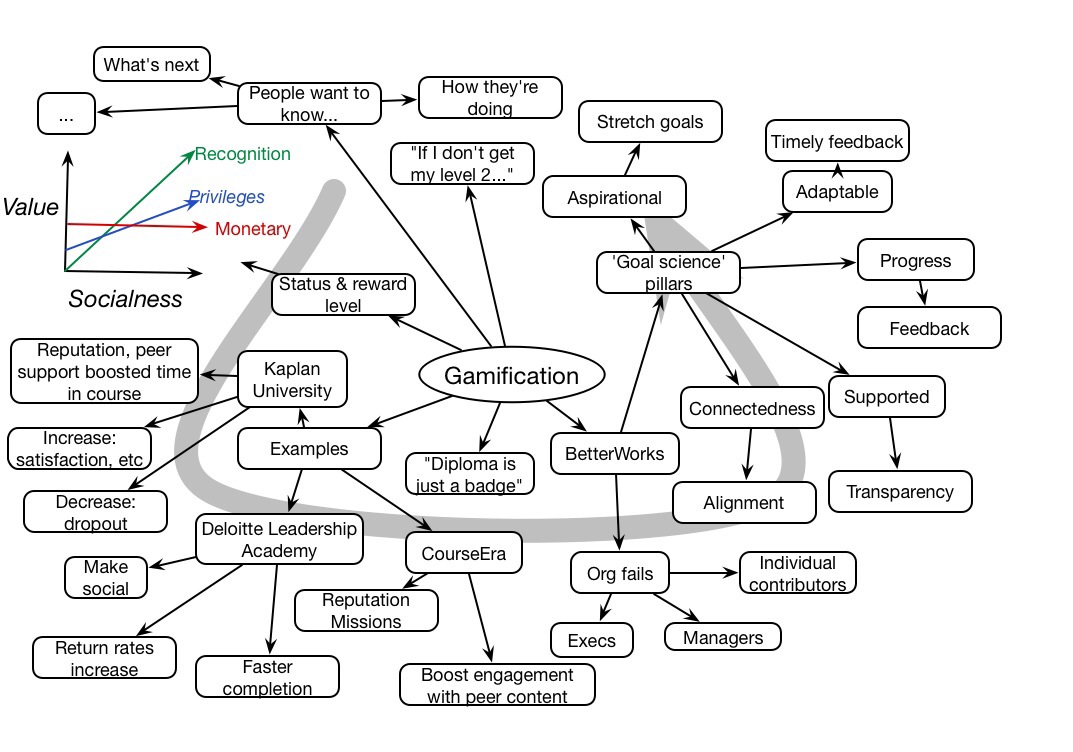I‘ve talked in the past about the importance of engaging emotionally before beginning learning. And I‘ve talked about the importance of understanding what makes a topic intrinsically interesting. But I haven‘t really separated them out, as became clear to me in a client meeting. So let me remedy that here.
I‘ve argued, and believe, that we should open up learners emotionally before we address them cognitively. Before we tell them what they‘ll learn, before we show them objectives, we should create a visceral reaction, a wry recognition of “oh, yes, I do need to know thisâ€. It can be a dramatic or humorous exaggeration of the positive consequences of having the knowledge or the negative consequences of not. I call this a ‘motivating example‘ different than the actual reference examples used to illustrate the model in context. In previous content we‘ve used comics to point out the problems of not knowing, and similarly Michael Allen had a fabulous video that dramatized the same. Of course, you also have a graphic novel introduction of someone saving the day with this knowledge. It of course depends on your audience and what will work for them.
Another story I tell is when a colleague found out I did games, and asked if I wanted to assist him and his team. The task was, to me and many, not necessarily a source of great intrinsic interest, but he pointed out that he‘d discovered that to practitioners, it was like playing detective. Which of course gave him a theme, and a overarching hook. And this is the second element of engagement we can and should lever.
Once we‘ve hooked them into why this learning is important, we then want to help maintain interest through the learning experience. If we can find out what makes this particular element interesting, we should have it represented in the examples and practice tasks. This will help illuminate the rationale and develop learner abilities by integrating the inherent nature of the task into the learning experience.
Often SMEs are challenging, particularly to get real decisions out of, but here‘s where they‘re extremely valuable. In addition to stories illustrating great wins and losses that can serve as examples (and the motivating example I mentioned above), they can help you understand why this is intrinsically interesting to them. They‘ve spent the time to become experts in this, we want to unpack why this was worth such effort. You may have to drill a bit below “make the world a better placeâ€, but you could and should be able to.
By hooking them in initially by making them aware of the role of this knowledge, and then maintaining interest through the learning experience, you have a better chance of your learning sticking. And that‘s what we want to achieve, right?
